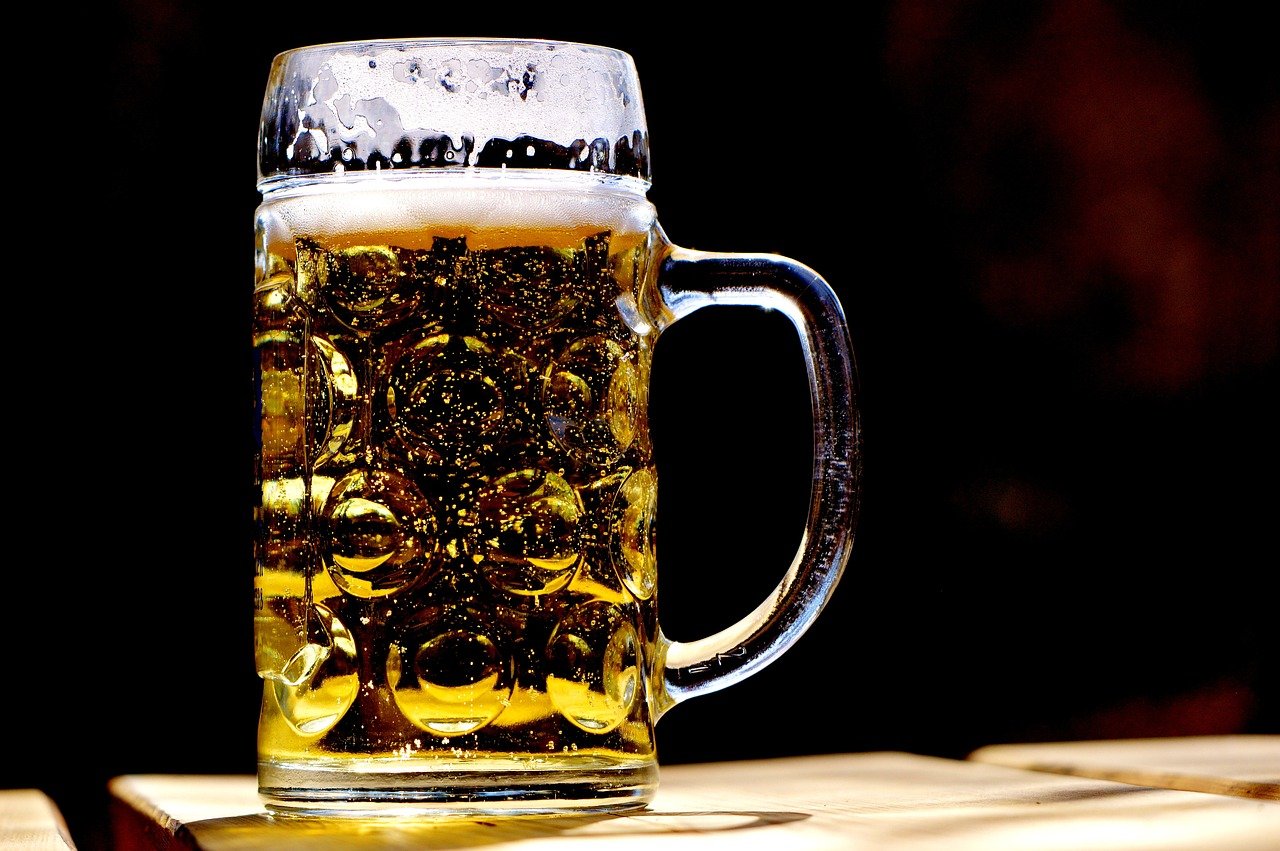
- The global trend towards healthier lifestyles has led to a rise in non-alcoholic beer consumption, particularly in the Netherlands.
- Van de Streek Bier, a Dutch brewery, has made non-alcoholic beer its main source of income, producing the first Dutch alcohol-free IPA.
- The trend is also evident in the US and UK, driven by health consciousness, social norms, and sugar taxes.
- Despite challenges, the non-alcoholic beverage trend shows no signs of slowing down, transforming the alcohol industry and promising continued growth.
The global trend towards healthier lifestyles has seen a significant shift in the alcohol industry, with a growing number of consumers opting for non-alcoholic or low-alcohol beverages. This trend is particularly evident in the Netherlands, where one in twelve beers sold in supermarkets is now alcohol-free, according to market researcher Circana. This shift is not only changing consumer habits but also transforming the business models of breweries.
One such brewery is Van de Streek Bier in Utrecht, which has made non-alcoholic beer its main source of income. The brewery, run by brothers Ronald and Sander van de Streek, has been producing beer since 2017, with a current output of around 900 litres per hour. Interestingly, more than 60% of their production is now alcohol-free, a significant shift from their initial focus on alcoholic beer. The brothers’ venture into non-alcoholic beer production has been so successful that they now brew the first Dutch alcohol-free IPA, a popular English beer variant.
The Rise of Non-Alcoholic Beverages
The rise in non-alcoholic beer consumption is not limited to the Netherlands. In the US, the alcohol industry is under pressure due to changing consumer habits and health concerns. The US Surgeon General, Vivek Murthy, has called for risk warnings to be included on alcoholic beverages, similar to those on cigarette packets, following new research linking alcohol use to numerous cases of cancer and deaths each year. This has led to a muted reaction from major Western alcohol companies, which have already been struggling in recent years.
The trend towards non-alcoholic beverages is also evident in the UK, where sales of no or low alcohol beers are on the rise. This shift is driven by a combination of factors, including increased health consciousness, changing social norms, and the introduction of sugar taxes. Despite non-alcoholic beer becoming more expensive due to the sugar tax increase, sales have continued to rise, indicating a strong consumer preference for healthier alternatives.
Challenges and Future Prospects
The Dutch Brewers’ association reports that 5.8% of all beer sold in 2019 was alcohol-free, a figure that rose to 7% in 2023. The association aims to increase this figure to 10% by 2030. This trend is supported by Meint Waterlanden of the Dutch Brewers’ association, who notes that non-alcoholic beer has become more popular due to its improved quality and fit with a balanced lifestyle.
The shift towards non-alcoholic beverages is not without its challenges. The hospitality sector, for instance, has expressed concerns over the rising price of alcohol, which is making consumption in local hospitality venues unattainable for some and perceived as very expensive by visitors. This has led to calls for a freeze on alcohol duty, similar to measures taken in Jersey.
Despite these challenges, the trend towards non-alcoholic beverages shows no signs of slowing down. The rise of ‘Dry January’, a month-long no-alcohol challenge, offers further evidence of this shift. The challenge provides an opportunity for individuals to reset their drinking habits and explore healthier alternatives, such as mocktails and non-alcoholic drinks.







